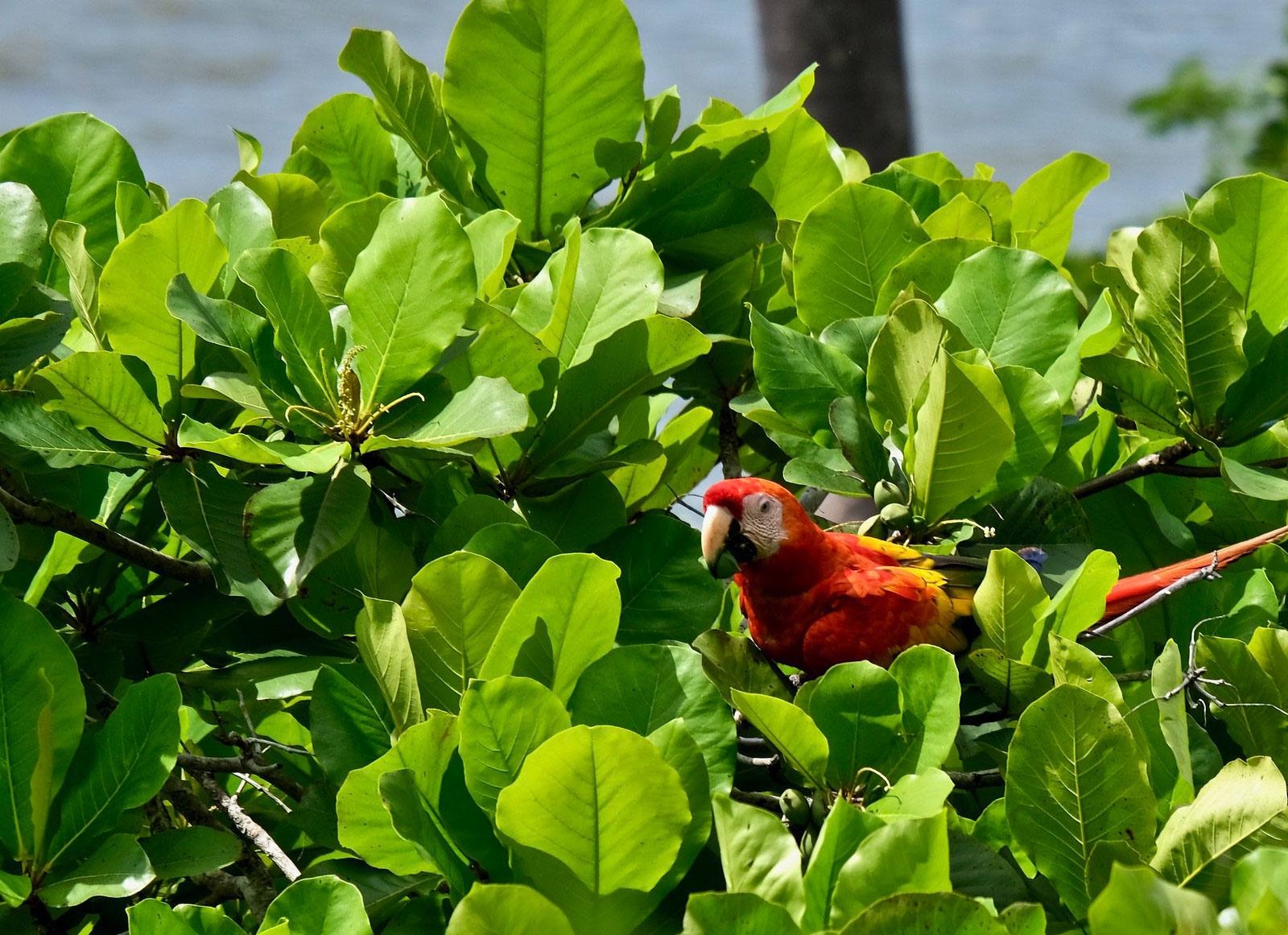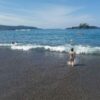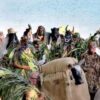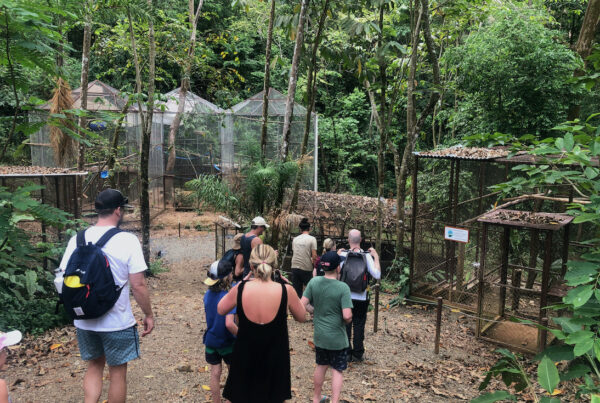Costa Rica is a birdwatcher’s paradise connecting North and South America. Nearly 900 species of birds have been recorded in this small country, and some 350 can be found on the Osa Peninsula alone. Casa Roja is located in an ideal location for spotting wetland, marine, and tropical forest birds where their three habitats meet. From the chorus of bird songs that will help start off your day, to the jewel toned hummingbirds sipping nectar from the property’s beautiful flowers, to the sunset visitors flying in to feed and roost in our many trees, Casa Roja is sure to be a birder’s delight. The house is equipped with a Bausch and Lomb 20-40 X 80 mm spotting scope that is ideal for low-light viewing during dawn and dusk when birds are most active, as well as an Emarth 20-60 x 60 mm spotting scope that has a more powerful zoom and is suitable for daytime viewing. We also supply binoculars (Celestron Outland 8×42 mm and Nikon Aculon 10-22 x 50 mm) as well as a lightweight Benro tripod that visitors can take on hikes to help capture that perfect shot.

Chestnut-mandibled toucan in flight. Photo by Todd Bemis
Below is the Casa Roja birding checklist that we update periodically. All of these species have been spotted from the comfort of our decks or elsewhere on the property and nearby beach. Most notably, mated pairs of the iconic scarlet macaw often inhabit the trees surrounding Casa Roja. A few apps are available for birding in Costa Rica to help you sharpen your bird identification skills, including Costa Rica Birds, BirdsEye Apps (Birds of Costa Rica Sound Collection), and Merlin Bird ID. To check additional species of birds off your list, consider a tour to Corcovado National Park or through the mangroves along the Sierpe River. Both beginning and advanced birders alike are sure to marvel at the region’s rich avian diversity. Click here to read more about the birds and wildlife of the Osa Peninsula, and check out our bird photo album on Flickr!
- Red-lored parrot (Amazona autumnalis)
- Scarlet macaw (Ara macao)
- Common black-hawk (Buteogallus anthracinus)
- Scarlet-rumped cacique (Cacicus uropygialis)
- Riverside wren (Cantorchilus semibadius)
- Black vulture (Coragyps atratus)
- Bananaquit (Coreba flaveola)
- Red-legged honeycreeper (Cyanerpes cyaneus)
- Shining honeycreeper (Cyanerpes lucidus)
- Yellow-crowned euphonia (Euphonia luteicapilla)
- Magnificent frigatebird (Fregata magnificens)
- Bicolored antbird (Gymnopithys bicolor)
- Laughing falcón (Herpetotheres cachinnans)
- Yellow-headed caracara (Milvago chimachima)
- Blue-crowned motmot (Momotus coeruliceps)
- Short-billed pigeon (Patagioenas nigrirostris)
- Brown-hooded parrot (Pyrilia haematotis)
- Black-billed toucan (Ramphastos swainsonii)
- Scarlet-rumped tanager (Ramphocelus passerinii)
- Golden-hooded tanager (Stilpnia larvata)
- Blue-gray tanager (Thraupis episcopus)
- Masked tityra (Tityra semifasciata)
- Gartered trogon (Trogon caligatus)
- Slaty-tailed trogon (Trogon massena)
- Tropical kingbird (Tyrannus melancholicus)
- Bay-headed tanager (Tangara gyrola)
- Red-crowned Woodpecker (Melanerpes rubricapillus)
- Great kiskadee (Pitangus sulphuratus)
- Black-and-white warbler (Mniotilta varia)
- Lesson’s Motmot (Momotus lessonii)
- Sanderlings (Calidris alba)
- Brown pelican (Pelecanus occidentalis)









